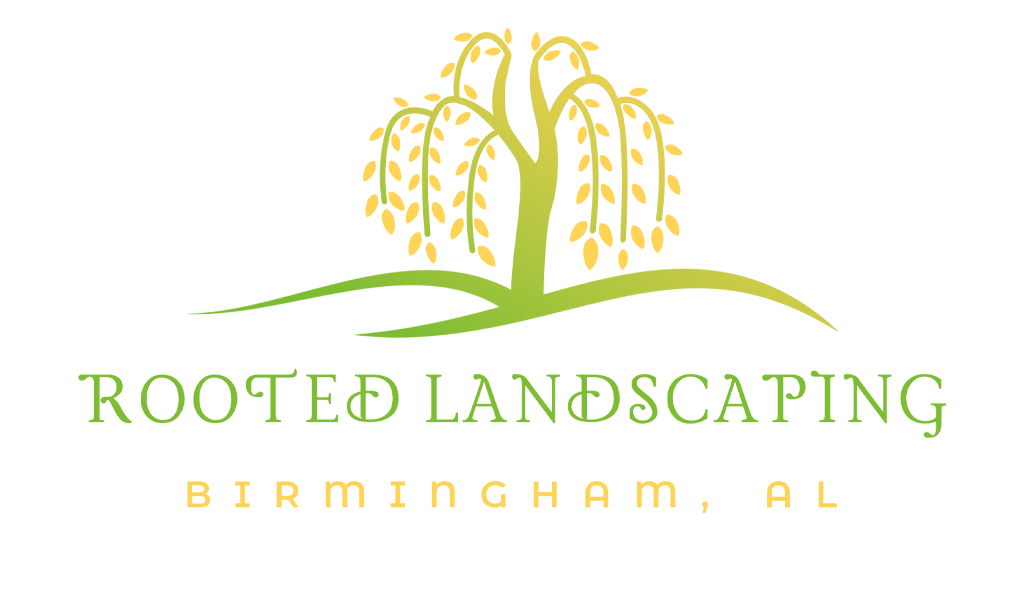Title: Creating a Sustainable Landscape in Vestavia Hills, AL: A Guide to Eco-Friendly Practices
Introduction:
Vestavia Hills, Alabama, is known for its picturesque landscapes and natural beauty. As residents and property owners in this vibrant community, it is our responsibility to preserve and enhance the environment through sustainable landscaping practices. By incorporating eco-friendly techniques, we can create a landscape that not only looks beautiful but also contributes to the overall health of our ecosystem. In this blog post, we will explore the importance of creating a sustainable landscape in Vestavia Hills and provide practical tips on how to achieve this in your own outdoor space.
Importance of Sustainable Landscaping:
Sustainable landscaping is essential for maintaining the health and vitality of our environment. By reducing water consumption, minimizing waste, and promoting biodiversity, we can create a landscape that is not only aesthetically pleasing but also supports the local ecosystem. In Vestavia Hills, where water conservation is crucial due to its hot summers and occasional drought conditions, sustainable landscaping practices can help preserve this precious resource for future generations.
Practical Tips for Creating a Sustainable Landscape:
1. Choose Native Plants: Opt for native plants that are well-adapted to the local climate and require less water and maintenance. Native plants also provide habitat and food sources for local wildlife, contributing to biodiversity.
2. Water Wisely: Install a rain barrel or a drip irrigation system to collect rainwater and efficiently water your plants. Consider using drought-tolerant plants that require less water and mulch to retain moisture in the soil.
3. Compost: Start a compost bin to recycle organic waste from your kitchen and garden. Compost enriches the soil, reduces the need for chemical fertilizers, and minimizes waste sent to landfills.
4. Reduce Chemical Use: Avoid using synthetic pesticides and fertilizers that can harm beneficial insects and pollute waterways. Instead, opt for organic and natural alternatives to maintain a healthy balance in your landscape.
5. Create Wildlife Habitats: Incorporate bird feeders, bee houses, and butterfly gardens to attract and support local wildlife. By providing food, shelter, and water sources, you can help create a thriving ecosystem in your own backyard.
Conclusion:
Creating a sustainable landscape in Vestavia Hills is not only beneficial for the environment but also for the beauty and longevity of your outdoor space. By adopting eco-friendly practices such as choosing native plants, conserving water, composting, and supporting wildlife, you can make a positive impact on the local ecosystem and contribute to a more sustainable community. Let’s work together to create a greener, healthier, and more vibrant Vestavia Hills for generations to come.


